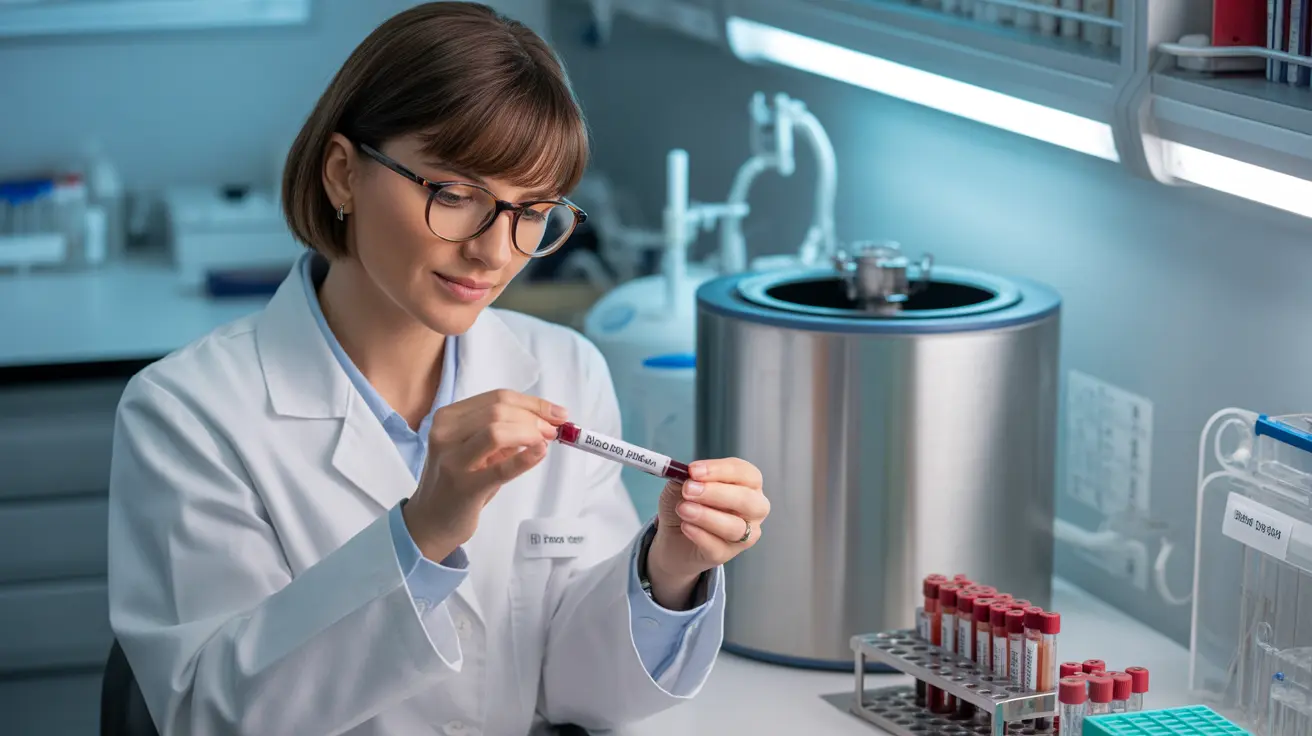Getting a PSA (Prostate-Specific Antigen) test is an important step in monitoring prostate health, particularly for men over 50 or those with risk factors for prostate cancer. Understanding the timeline for receiving your results and what they mean can help reduce anxiety and ensure proper follow-up care.
This comprehensive guide will walk you through what to expect when waiting for PSA test results, factors that influence testing time, and how to prepare for the test properly.
Standard Timeline for PSA Test Results
Most PSA test results become available within 2-3 business days after the blood sample reaches the laboratory. However, the total waiting time from when your blood is drawn until you receive your results typically ranges from 2-5 days, depending on various factors including lab processing times and result delivery methods.
Laboratory Processing Methods
Traditional Lab Analysis
Traditional laboratory analysis remains the most common method for PSA testing. These facilities use sophisticated equipment to measure PSA levels with high accuracy, though the process requires several steps:
- Sample preparation and processing
- Analysis using specialized equipment
- Quality control checks
- Result verification and documentation
- Report generation and distribution
Rapid PSA Testing Options
Some medical facilities offer rapid PSA testing, which can provide results within 30 minutes to a few hours. However, these quick-result options may not be as widely available and could be less precise than traditional laboratory testing.
Factors Affecting Result Timing
Several variables can impact how quickly you receive your PSA test results:
- Laboratory workload and staffing
- Geographic location and shipping time to the lab
- Whether the testing facility is in-house or external
- Your healthcare provider's result reporting system
- Time of day and day of the week when the sample is collected
Preparing for Your PSA Test
Proper preparation can help ensure accurate results and avoid delays in processing:
- Avoid ejaculation for 48 hours before the test
- Inform your doctor about any medications you're taking
- Schedule the test before any prostate procedures or examinations
- Follow any specific instructions provided by your healthcare provider
- Ensure your contact information is up to date for result notification
Understanding PSA Results
When your results arrive, they will typically show your PSA level in nanograms per milliliter (ng/mL). Generally, levels under 4 ng/mL are considered normal, though this can vary based on age and other factors. Your healthcare provider will interpret the results within the context of your overall health profile.
Frequently Asked Questions
How long does it usually take to get PSA test results back from the lab?
PSA test results typically take 2-3 business days to process at the lab, with total waiting time usually ranging from 2-5 days from blood draw to receiving results.
Can I get PSA test results immediately with rapid testing at the doctor's office?
Some medical facilities offer rapid PSA testing that can provide results within 30 minutes to a few hours, though these quick-result options may be less common and potentially less precise than traditional laboratory testing.
What factors can affect how quickly PSA test results are available?
Factors affecting result timing include laboratory workload, shipping distance to the lab, whether testing is done in-house or externally, and the healthcare provider's reporting system.
How should I prepare before a PSA test to ensure accurate and timely results?
To ensure accurate results, avoid ejaculation for 48 hours before the test, inform your doctor about medications, schedule the test before any prostate procedures, and follow any specific instructions from your healthcare provider.
What do PSA test results mean and what happens if my PSA level is high?
PSA results are measured in ng/mL, with levels under 4 ng/mL generally considered normal. If levels are elevated, your doctor will likely recommend additional testing or monitoring, as high PSA levels can indicate various conditions, not just prostate cancer.




